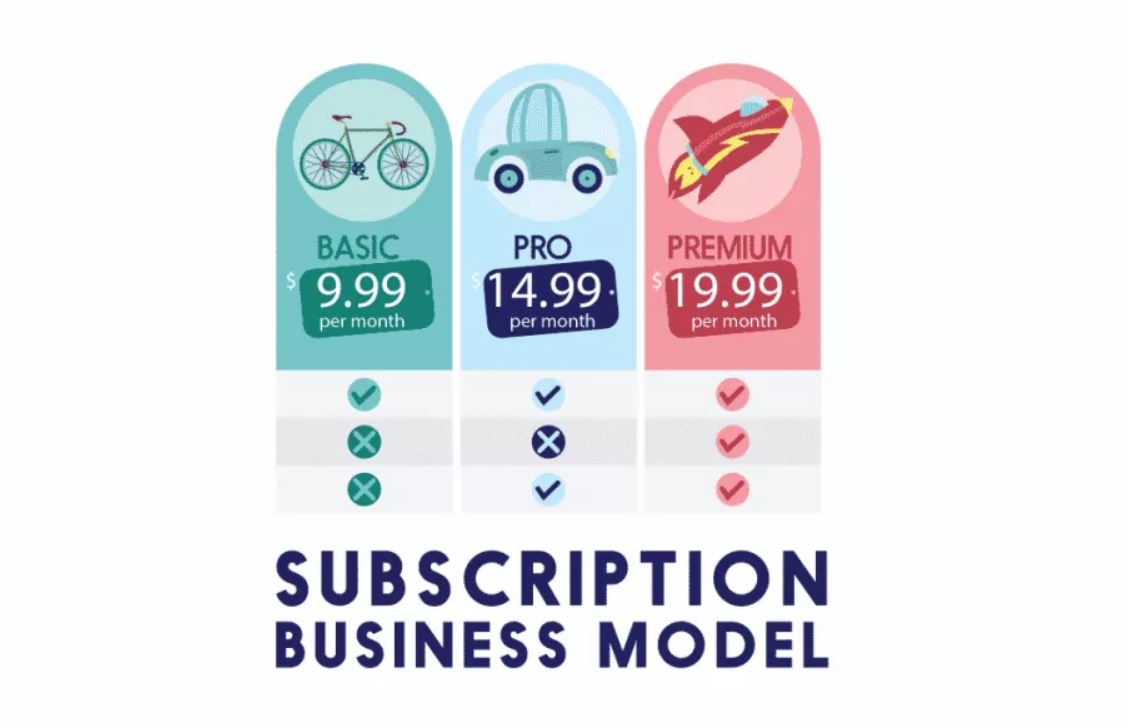More companies today are starting to use the subscription business model (AdWeek), which is proof that it does work well. However, despite the overall efficiency of this model, especially in the context of modern society, it is not a perfect fit for all businesses. In order to decide whether you should start a subscription business or even make this model a part of your strategy, you need to consider its pros and cons.
Subscription Business Model: Pros and Cons
Pro: Stability (relative as it might be)
The main benefit of using the subscription model for your business is that you get some sense of stability with it. At the least, this model makes it easier to predict the recurring revenue and volume of products you need to manufacture and provides some assurance that a specific level of revenue is guaranteed.
However, customers can drop their subscriptions at any time, thus ripping away that assurance in your gains. It’s a risk for any business at any time. The good news is that the subscription model gives you some leeway due to the pre-paid service.
Con: Financial records are difficult to manage
Bookkeeping can be a nightmare on a good day and it’s doubly so when you are using a subscription business model. You’ll have to deal with many types of financial operations for this kind of business. To do this manually would be a nightmare. It would also be difficult to scale. While manual processing may be fine for a handful of customers, it will not be possible for higher numbers of customers.
On the other hand, today you can use automated billing solutions in order to make the entirety of the revenue management process much easier. One of the very important advantages of using this software for subscription businesses is that it can manage revenue recognition. These solutions process both deferred and earned revenue in accordance to the current legal requirements. Therefore, you can be sure that your books will always be in perfect shape for an audit. And they will also be compliant with GAAP (Generally Accepted Accounting Principles) and new standards like the ASC606.
Pro: Increase in customer retention
Obtaining a new customer costs five times the same as retaining the one you already have (CRM). Now, take a look at your expenses and revenue data and calculate by how much exactly you benefit from customer retention.
Subscription models are based on retention. They do not merely encourage it, they operate with a high level of retention as a strategy. After all you lose revenue if you do not retain customers. If your product can be made sticky and you can work ways to retain customers, this model is indeed the best choice for you.
However, don’t forget that this retention isn’t guaranteed by default. You need to work hard to keep people interested. This means that you can’t afford any slack in the quality of service or goods you provide. In fact, it’s imperative that you keep growing and improving, thus increasing your won standards. A subscription business must evolve all the time or it will become stagnant and redundant.
Con: Challenges with winning consumer trust
Subscription businesses largely rely on snagging a customer fast and ‘for the long haul’. The challenge is to establish the necessary level of trust between your brand and a new customer. To achieve this, you’ll need to work very hard on your marketing and brand PR.
Sadly, stories of subscription company frauds, like the scandal with Kate Hudson’s Fabletics, are numerous and far-reaching. They undermine the public’s trust into the subscription business model, which makes it harder for you to win customers in the first place. To limit the damage this kind of bad PR deals to your own business, you have to make transparency your company’s mission. Include it into your marketing strategy so that every prospective customer knows that you have nothing to hide and that they can trust you completely.

